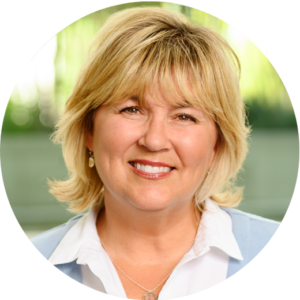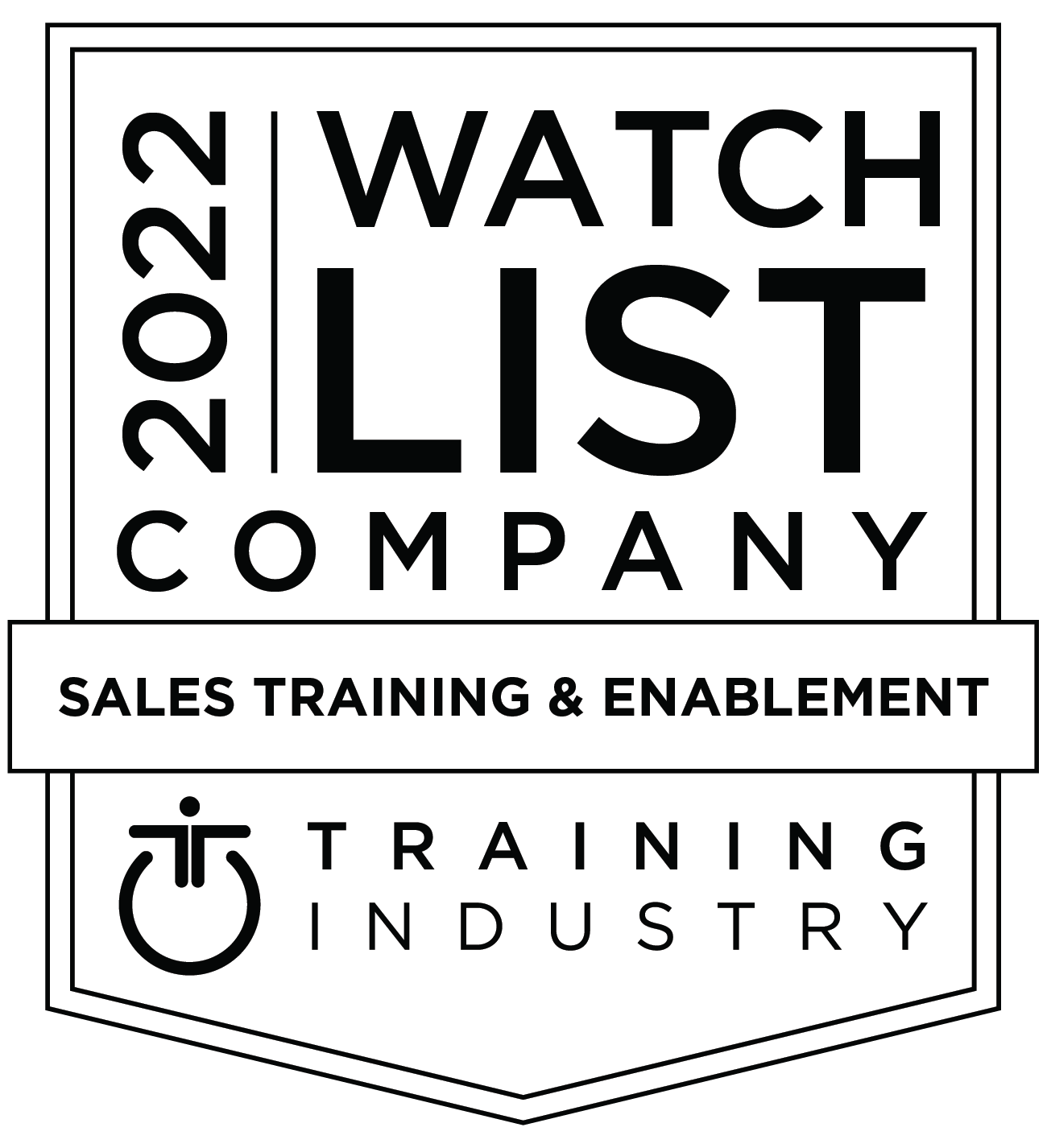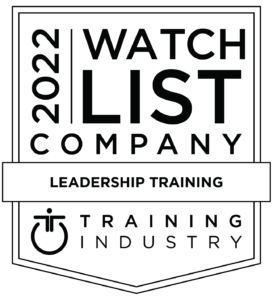While this post was originally published in 2017, its message is evergreen. Mandel’s offices are closed on November 26th and November 27th this year in celebration of the American Thanksgiving holiday. To those celebrating, happy Thanksgiving! To those of you located in other countries around the world, we hope you have a wonderful day and thank you for your continued readership. Until next time…
Gratitude. Appreciation. Recognition. It makes you feel good.
This week in the US, many will pause for a day or two to give thanks and show appreciation for the people we care about most.
It’s no secret that being appreciated makes people feel good —and there’s real science behind why.
Brain scans of people receiving recognition show heightened activity in certain areas. This is a result of a surge in the neurotransmitter, dopamine, which can create intense feelings of enjoyment and satisfaction.
While it’s obvious how recognition benefits the person getting it, did you know it also benefits the person giving it?
As Alex Kolb, PhD, writes in his book, The Upward Spiral:
“There’s a GRATITUDE-CIRCUIT in your brain, badly in need of a workout. Strengthening that circuit brings the power to elevate your physical and mental health, boost happiness, improve sleep, and help you feel more connected to other people.”
Expressing gratitude is linked to improved physical and mental health. It helps you build trust with others. And people who give recognition are better liked and perceived as more innovative than those who don’t.
This is just as true in the workplace as it is in private life. Recognizing others, especially your own team members, can have a powerful impact on their happiness and yours.
Studies have shown that person-to-person recognition, especially peer-to-peer recognition, increases engagement and job satisfaction.
So why don’t more people practice the art of gratitude at work?
Only about 1/3 of employees interviewed worldwide say they receive weekly recognition for their work, according to Gallup. In other words, two-thirds of people in the workplace are dopamine-deprived!
In fact, recognition was the most underused practice in organizations that scored low on trust.
Recognition might be the most underused tool for influencing morale and productivity in the workplace.
What about your own colleagues or team? Have they received recognition for good work in the last seven days? Have you?
If your organization is like most, you’re probably not making the most of this powerful tool.
The good news?
You can easily learn the most effective way to show appreciation or give recognition to others.
And putting it into practice can have a big impact on your organization’s health.
Showing recognition is a core component of our corporate collaboration and teamwork workshop, The Collaboration Mindset.
In our research, we discovered that the individuals who were most successful within their organizations were the ones who’d made appreciating others a strategic or deliberate practice.
Through decades of experience and research, we discovered that there were 3 distinct guidelines for making recognition effective.
- Describe what the person did—be specific.
It’s not simply about saying “Thanks.” Although that’s a great place to start if people aren’t being recognized for their efforts! Instead of saying a simple “Thanks, Maria,” it’s more effective to say something like: “Maria, thank you for completing the annual report two weeks ahead of schedule.” - Describe the impact.
Being specific paves the way for you to describe why the behavior was worthy of recognition. For example, “Your completing the report ahead of schedule gave the executive team even more time to thoroughly prepare for the annual shareholders meeting.” - Don’t weaken praise with criticism.
It can be very tempting to slip in a little criticism along with praise. For example, how does this strike you? “Thanks for completing the report ahead of schedule, but next time please try to make sure there aren’t any typos.
” Ugh. Don’t do it. Why?
People have a scientifically proven negativity bias, related to survival instincts.
Their attention is automatically drawn to negative information more strongly than to positive information.
So if you combine praise with criticism, the person you’re trying to show appreciation for will only remember the criticism.
If you fail to consciously focus on recognizing others for what they do well, you may inadvertently reinforce negative behaviors or fail to reinforce the positive.
That’s why everyone should be intentional about appreciation and how you express it.
When people’s efforts are recognized and when people show recognition, they’re happier and more satisfied.
For a business, when people are happier, their productivity increases, they sell more, and they take better care of customers. In fact, studies show recognition can increase employee engagement, revenue, and customer loyalty by up to 50%.
Say thank you. Show appreciation. Give recognition. Not just because it makes others feel good — but because it’s equally good for you and you’ll feel better for it.
As we enter this holiday season, focus on your well-being and that of those around you.
Say thank you. Show appreciation. Give recognition.
When you do, you’ll engender goodwill, build trust, strengthen relationships, and reinforce the good you want to see in the world—and at work!
Learn More
Could your business benefit from better collaboration or teamwork? Do your people know how to use recognition as a tool for building stronger teams and influencing positive outcomes?
Learn more about Mandel’s collaboration and teamwork workshop, The Collaboration Mindset.










